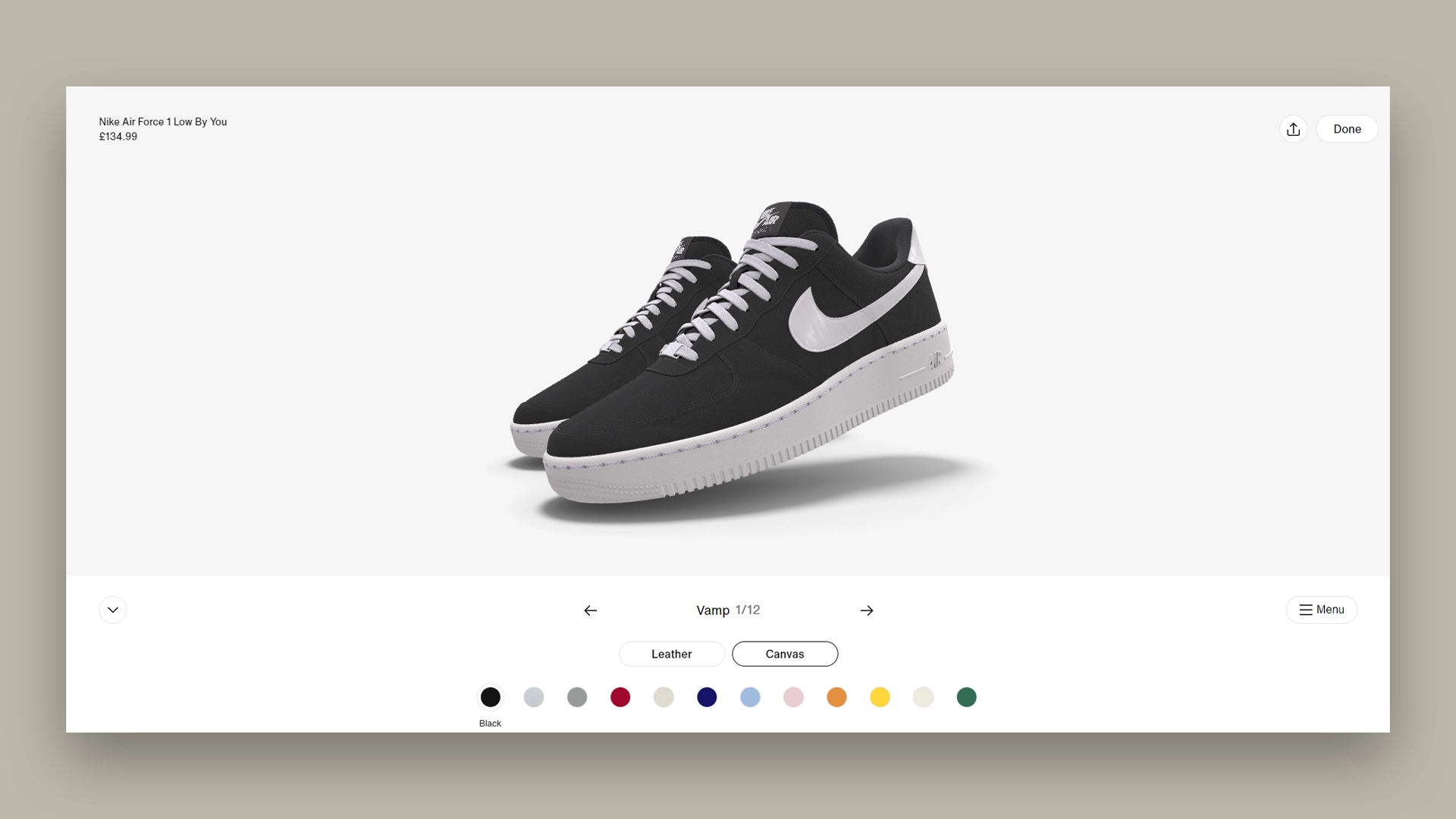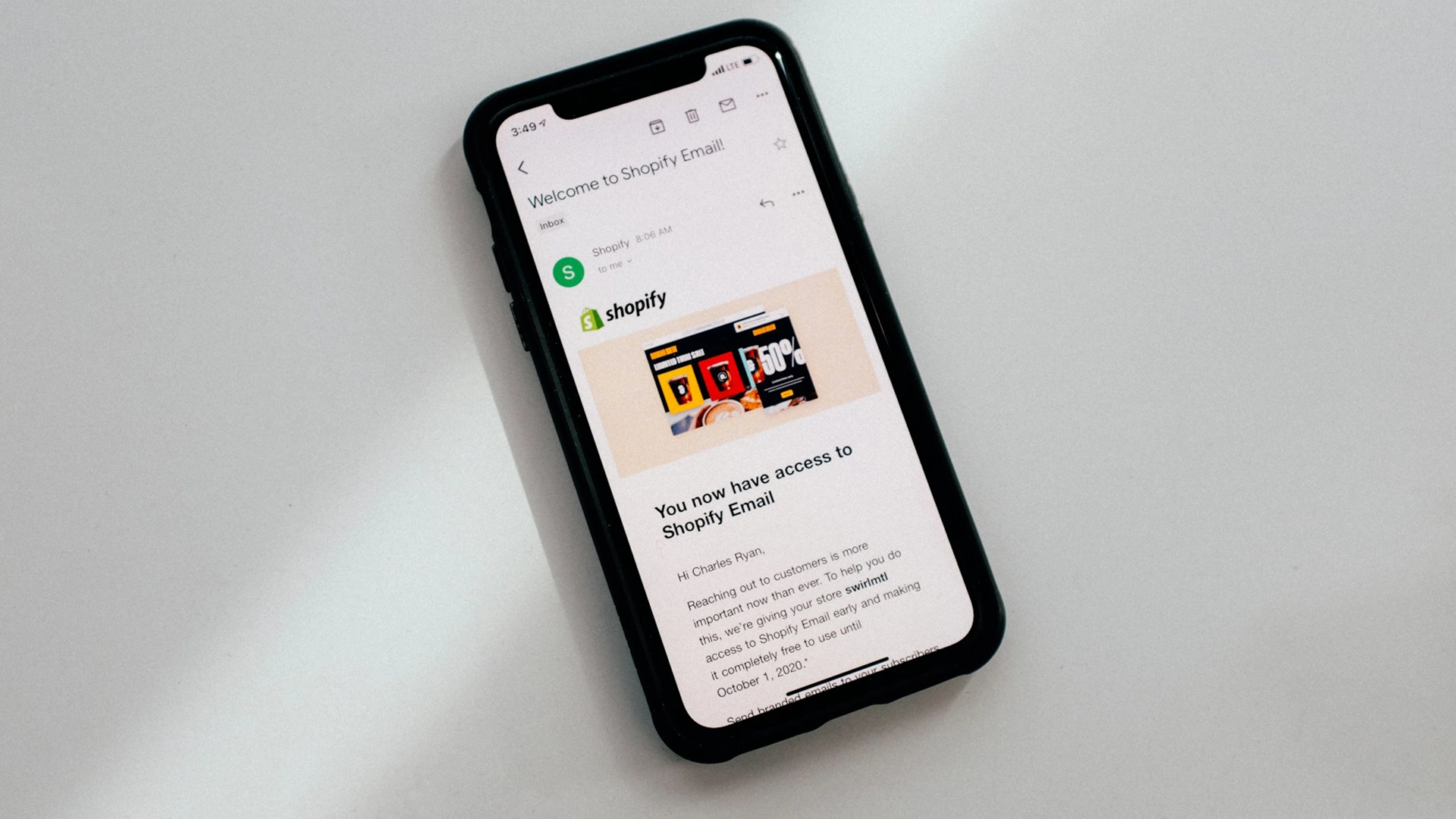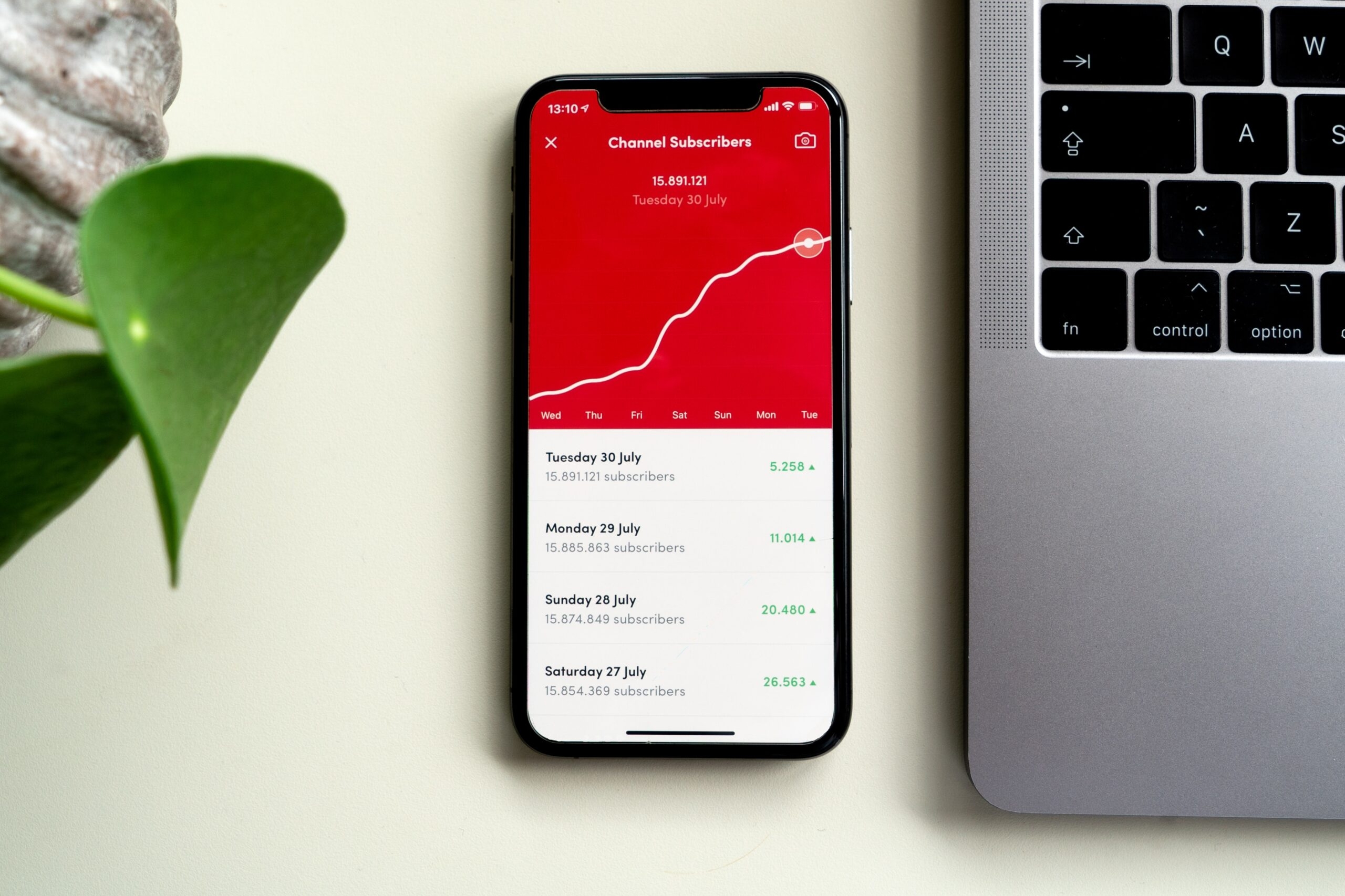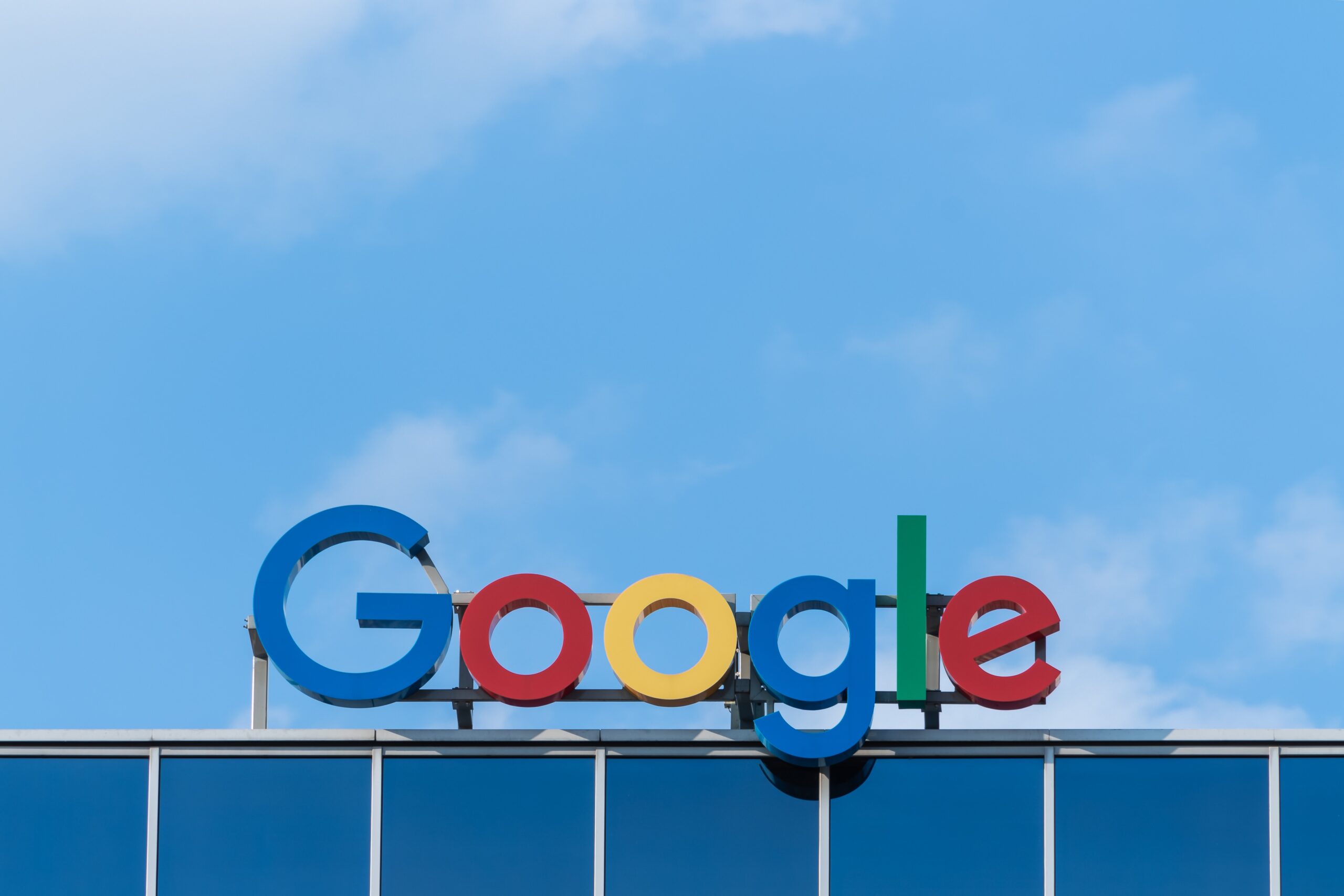Marketing Personalisation Tips to Increase Your ROI
In a world where consumers are inundated with countless different marketing messages every day, standing out from the crowd is more challenging than ever and only continues to grow with an increasingly competitive market. One effective marketing strategy that businesses are beginning to leverage to connect better with their target audience is marketing personalisation. By tailoring personalisation to content, products, and experiences which meet individual preferences and behaviors, businesses can forge deeper connections, drive engagement, and ultimately increase the return on investment (ROI) of their marketing efforts.
Personalization marketing has real advantages for companies: it can reduce customer acquisition costs by as much as 50 percent, lift revenues by 5 to 15 percent, and increase marketing ROI by 10 to 30 percent - Mckinsey.com

What is Marketing Personalisation?
Marketing personalisation involves marketers creating customised experiences for individual consumers based on their own individual preferences, behaviours, and demographics, to create a more personalised experience. Rather than employing a one-size-fits-all approach to marketing messaging, personalisation in marketing aims to deliver relevant content, products, and recommendations to each consumer, thereby enhancing their overall experience with a brand or organisation. This can be achieved through various channels such as email, website content, social media, and advertising.
Types of Marketing Personalisation
Let’s explore some different types of marketing personalisation and how it can be used across various channels.
Email Personalisation
Customising email campaigns and marketing emails with personalised subject lines, product recommendations, and dynamic content based on recipient data. Examples:
1. Personalised email subject lines: “John, Check Out Your Exclusive Offer!”
2. Abandoned Cart Emails: Reminding customers of items left in their basket which didn’t get checked out and offering personalised recommendations or discounts to encourage the completion of the purchase, this has a high level of success in certain cases.
3. Birthday/Milestone Emails: Sending personalised birthday wishes along with a special offer or discount.

Website Personalisation
Involves adapting website content, layouts, and recommendations based on user behaviour, past interactions, and demographics. Examples:
1. Homepage Recommendations: Displaying recommended products or content based on the user’s browsing history or past interactions. Think Netflix, they always seem to recommend the best things all based on your previous viewing history and preferred formats.
2. Personalised Pop-ups: Offering personalised discounts or promotions based on user behaviour or demographics to help drive conversion across a site.
3. Location-Based Personalisation: Tailoring content or offers based on the user’s geographical location. Ever been on dominoes and got a local deal, that’s personalisation at work.
Advertising Personalisation
Delivering targeted advertisements to specific target audience segments based on their browsing history, interests, preferences and demographic data. Examples:
1. Retargeting Ads: Showing ads for products that users have viewed or added to their cart but haven’t purchased yet. Commonly utilised across platforms like Google Ads.
2. Dynamic Ads: Displaying personalised product recommendations or offers directly within the advert based on user behaviour or preferences. Commonly used across platforms such as Google Merchant Centre.

Product Personalisation
Allowing customers to customise your products according to their preferences, such as Nike’s custom shoe designs, Nike ID. Examples:
1. Customisable Products: Allowing customers to personalise products by choosing colours, sizes, materials, or adding custom text or graphics. This is commonly known for services such as NikeID where consumers can put together their own shoe.
2. Tailored Recommendations: Offering product recommendations based on previous purchases, browsing history, or preferences. Amazon does this particularly well within their platform based on purchase history and frequency to make more personalised recommendations.
89% of marketers see a positive ROI when they use personalization in their campaigns - explodingtopics.com

Benefits of Marketing Personalisation
1. Improved Customer Experience
Personalised marketing significantly enhances the customer experience by catering to individual needs and preferences which grabs user attention and makes them feel a stronger connection to the brand. By delivering personalised content, intuitive product recommendations, and offers tailored to each customer’s interests, businesses demonstrate that they understand and value their customers.
2. Increased Engagement
Personalised messages have a higher chance of capturing the attention of recipients and resonating with them, causing them to engage in some way with your brand. When customers receive content or offers that are relevant to their interests and needs, they are more inclined to engage with the brand by opening emails, clicking on links, and making purchases.
3. Enhanced Brand Loyalty
Personalised marketing plays a crucial role in building and strengthening brand loyalty by creating connections with your audience and customers. Customers appreciate brands that go the extra mile to deliver relevant and meaningful experiences through personalised content, product offers and recommendations, which in turn, encourages repeat purchases and long-term loyalty.
4. Data Insights
Personalisation generates valuable data on customer preferences, behaviours, and interactions with the brand which can be utilised to deliver better and more valuable experiences to your audience. By tracking how customers respond to personalised content, businesses gain valuable insights into their interests, preferences, and purchasing patterns. This data can be used to refine marketing strategies, optimise targeting efforts, and tailor future campaigns.

Measuring the ROI of your Personalisation Activities
Being able to actually measure the success of your campaigns is key to the continuous improvement and optimisations of your marketing activities. It’s important to measure your ROI through a variety of methods to enhance your insights. To measure the ROI of your personalisation efforts, consider implementing the following strategies:
Track Key Metrics
Monitor key performance indicators (KPIs) such as conversion rates, click-through rates, opens, and revenue generated from personalised campaigns to be able to monitor and optimise as you go.
A/B Testing
Conduct A/B tests to compare the effectiveness of personalised content versus non personalised, generic messaging and identify which strategies yield the highest ROI when comparing the two.
Customer Surveys and Feedback
Gathering feedback from real customers is one of the most important and straightforward ways to gauge their satisfaction with personalised experiences and identify areas for improvement quickly.
Lifetime Value Analysis
Evaluate the long-term impact of personalised marketing campaigns and activities on customer lifetime value by analysing repeat purchases, average order value, and customer retention rates in relation the personalised content you are sending and targeting to these individuals.
Frequently Asked Questions
Marketing personalisation involves tailoring different marketing methods and tactics to individual customers’ preferences, behaviours, and demographics to create a more personalised experience. It’s crucial in digital marketing because it enhances each customer experience, increasing engagement, and driving conversions by delivering relevant and timely content to each user at the right time with the right message that resonates with them.
Marketing personalisation can help to increase campaign ROI by improving conversion rates, reducing customer acquisition costs, and creating more personal and long-term customer relationships which advocate loyalty. When customers receive personalised content and offers that resonate with their needs and interests, they are more likely to engage with the brand and make purchases.
Effective strategies for implementing marketing personalisation include segmenting your audience based on demographics, behavior, and preferences to ensure personal and attention grabbing content. Business’s should also leverage data analytics to gain insights into customer behavior, creating targeted messaging and offers based on that data, and using marketing automation tools to deliver personalised experiences at scale without the need more manual intervention.
Businesses can measure the effectiveness of their marketing personalisation methods through various different informative metrics, including conversion rate tracking, engagement metrics (e.g., click-through rates, open rates), conducting A/B testing and gathering feedback from customers which can provide valuable insights into the impact of personalisation on marketing performance to help you optimise your campaigns accordingly for better results.
Businesses can ensure that their marketing personalisation methods and activities are ethical and compliant with regulations such as GDPR and CCPA by obtaining explicit consent from customers before collecting and using their personal data.
More interesting content...
Like this story? Share it on your social media...
For more of the latest content, why not subscribe to our mailing list...






